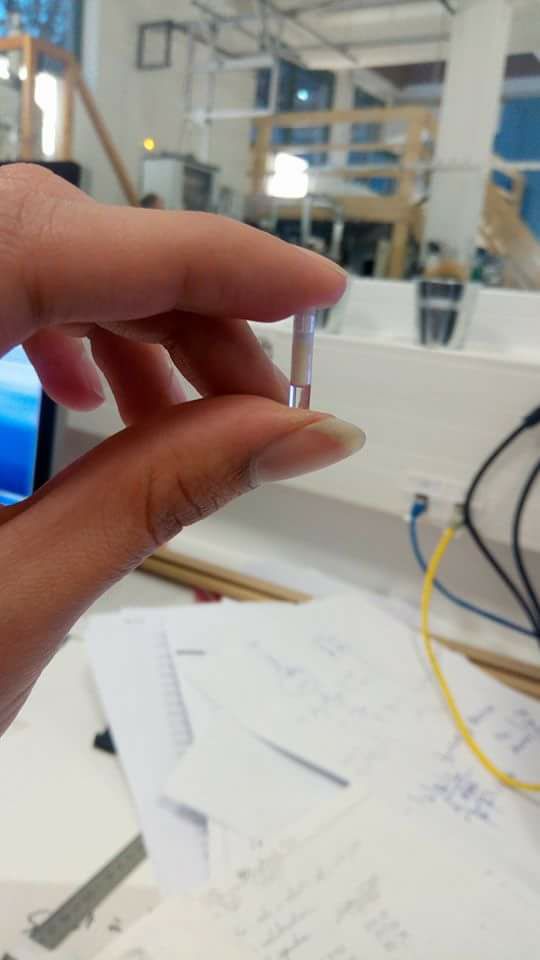The sapphire rotor we use specially for DNP enhanced SSNMR with a zirconia cap. The whole assembly costs for about 4500€...!!!
DNP is dynamic nuclear polarization.Meaning the population of nuclei in higher and lower energy levels changes dynamically.This enhances Low signal sensitivity of solid state NMR [SSNMR]. This can be used for the study of polypeptides with 17 fold enhancement of signal intensity.A biradical is anchored in a membrane.
Dynamic nuclear polarization (DNP) results from transferring spin polarization from electrons to nuclei, thereby aligning the nuclear spins to the extent that electron spins are aligned. Note that the alignment of electron spins at a given magnetic field and temperature is described by the Boltzman anndistribution under the thermal equilibrium. It is also possible that those electrons are aligned to a higher degree of order by other preparations of electron spin order such as: chemical reactions (leading to Chemical-Induced DNP, CIDNP), optical pumping and spin injection. DNP is considered one of several techniques for hyperpolarization. DNP can also be induced using unpaired electrons produced by radiation damage in solids.
When electron spin polarization deviates from its thermal equilibrium value, polarization transfers between electrons and nuclei can occur spontaneously through electron-nuclear cross relaxation and/or spin-state mixing among electrons and nuclei. For example, the polarization transfer is spontaneous after a homolysis chemical reaction. On the other hand, when the electron spin system is in a thermal equilibrium, the polarization transfer requires continuous microwave irradiation at a frequency close to the corresponding electron paramagnetic resonance (EPR) frequency. In particular, mechanisms for the microwave-driven DNP processes are categorized into the Overhauser effect (OE), the solid-effect (SE), the cross-effect (CE) and thermal-mixing (TM).
The first DNP experiments were performed in the early 1950s at low magnetic fields[6][7] but until recently the technique was of limited applicability for high-frequency, high-field NMR spectroscopy, because of the lack of microwave (or terahertz) sources operating at the appropriate frequency. Today such sources are available as turn-key instruments, making DNP a valuable and indispensable method especially in the field of structure determination by high-resolution solid-state NMR spectroscopy.


Leave a comment